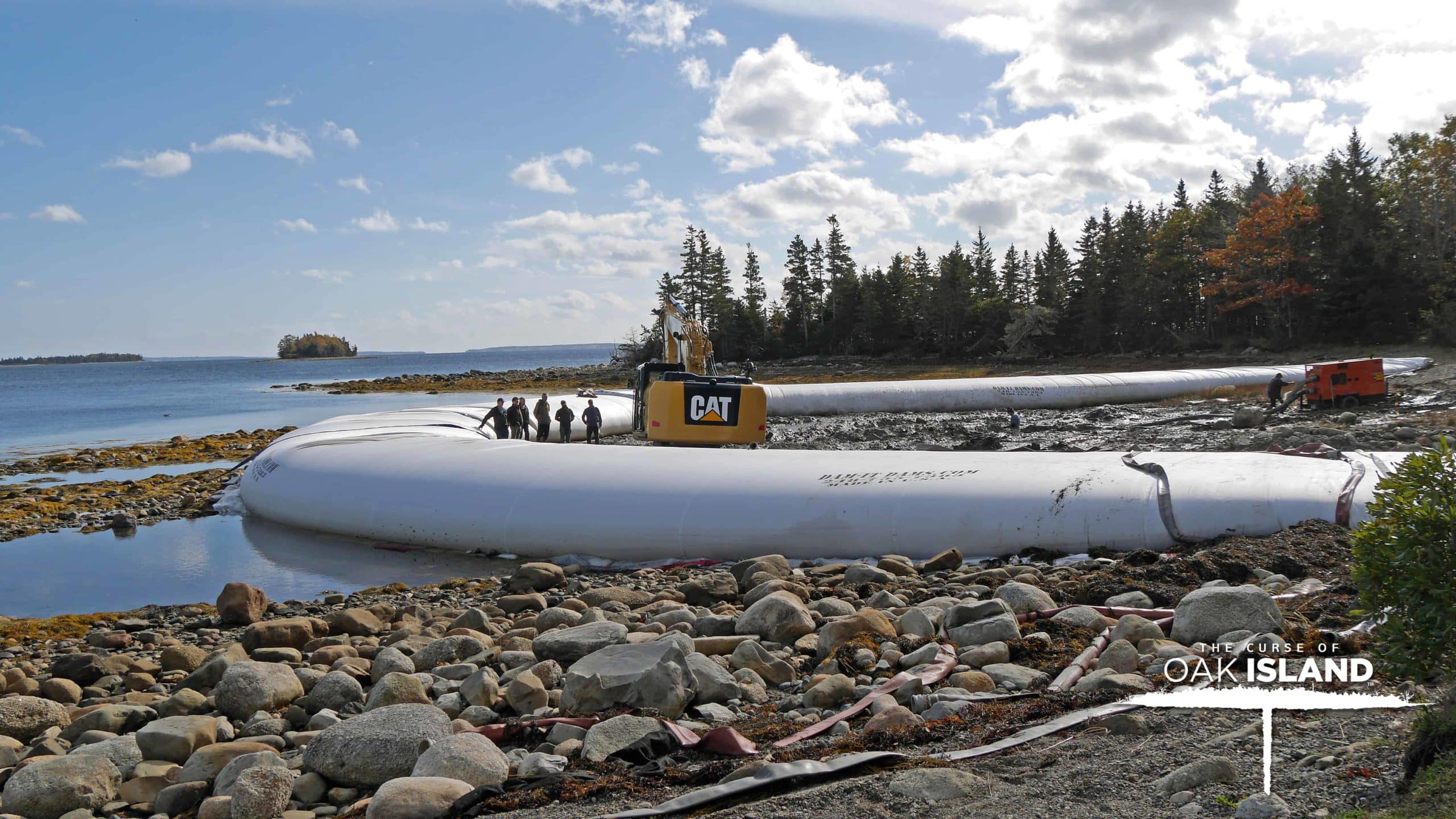River diversion can be a necessary part of a construction project. Creating a dry work site along a riverbank does not always require damming; oftentimes diversion using a cofferdam while the project is underway is the best solution. Dam-It Dams cofferdams are used to raise water level to properly and safely redirect the water to an approved location where it is then, either clearing the work site or it is made available for use for irrigation systems or reservoirs.
Dam-It Dams uses on-site water for inflation of our cofferdams and as the dam fills, it can be molded to perfectly fit the river bed and river bank, which provides an excellent seal and allows the option of diversion rather than damming of the water.
Our cofferdams are readily available in sizes ranging from 1′ to 12′ high and 2′ to 23′ wide. Standard lengths are 50′ and 100′, although any length can be accommodated by connecting multiple cofferdams to suit your individual needs.
There are as many water-control applications for cofferdams as there are types of cofferdams. Dam-It Dams’ patented, portable, water-filled, multi-use cofferdams offer effective and cost-efficient solutions for these major types of situations that are called the 3-Ds of water control:

There are as many water-control applications for cofferdams as there are types of cofferdams. Dam-It Dams’ patented, portable, water-filled Cofferdams offer effective and cost-efficient solutions for these major types of situations that are called the 3-Ds of water control:
Dewatering:
Dewatering, un-watering and water control are common terms used to describe the removal or drainage of ground or surface water, typically on a construction site. This technique is often required before subsurface excavation for such things as foundations, shoring, cellar space, and repairs to existing water structures. As a result, a cost effective solution is necessary to keep the project progressing.
Diversion:
Diversion is the sometimes permanent, but most often temporary, re-routing of water from its original location. It may be required to initiate a project and/or allow a project to proceed. It’s a known necessity when it comes to construction projects at home and in the professional sectors.
Damming:
Damming is the process of creating a barrier that holds back water, in varying ranges of amounts. The barrier may be needed to maintain water table levels, collect water for storage, to contain waterways and/or control their flow and direction, or possibly prevent water from crossing established safety thresholds. The process of damming can be seen in nature by the beaver who created a temporary water barrier of its own which was then used as the beavers home.
More about the 3 D’s of water control
Because Dam-It Dams’ Cofferdams work with Mother Nature instead of against her, they create effective water barriers that leave little to no footprint on the beauty and uniqueness of the natural environment. Furthermore, our cofferdams are industrial strength and reusable to minimize additional investment costs, not to mention the fact that our dams use on-site water to fill the dual inner tubes of the geo-textile material, which means you aren’t forced to replace no-longer-effective equipment (like with sandbags) and you don’t have to use tap water to fill and establish the cofferdams. These are just a few of the many benefits of Dam-It Dams cofferdam systems!


